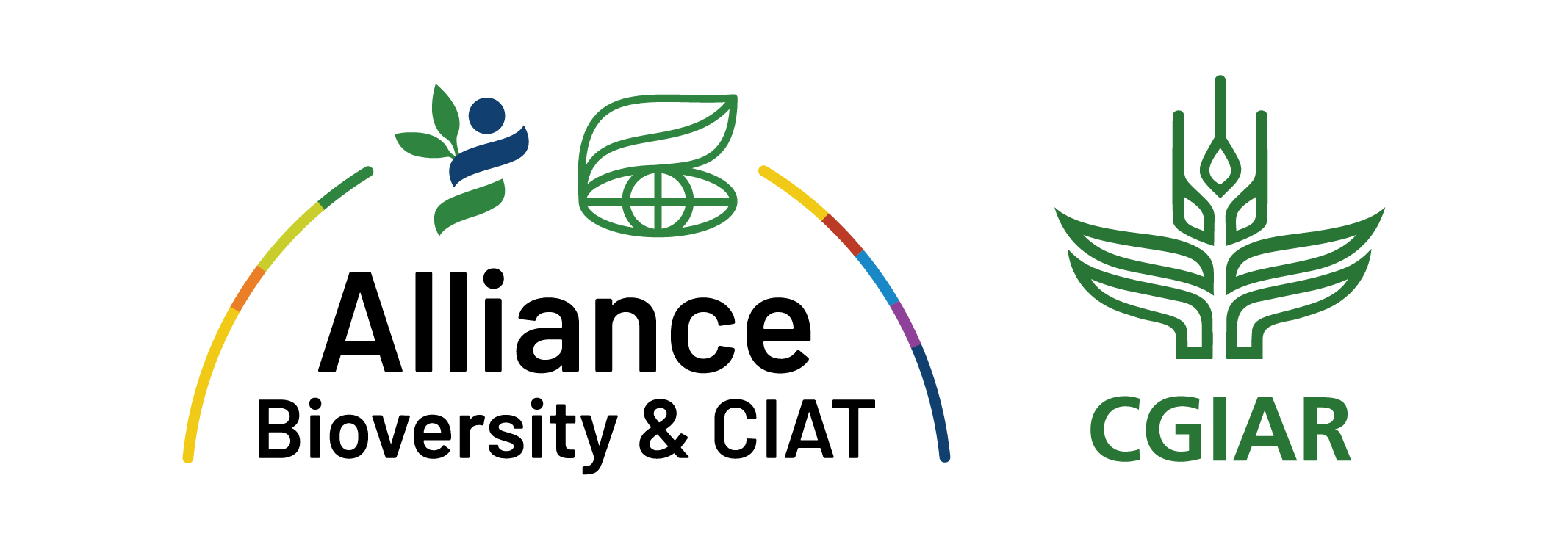What are some challenges that Indonesia is facing when it comes to tree species conservation?
VY: First, there is not a national database for tree species in Indonesia. Existing data on tree species is dispersed among various organizations and individuals. A national database could be used to collect information about species, such as its name (local and scientific), geographic location, and research status. This information could be used to support conservation effort or further utilization of these tree species in the future.
Second, coordination and collaboration between various research institutions in Indonesia is weak. For example, a list of the priority of plants that must be protected has been issued by the government, but because various research institutions under different ministries or organizations, often research programs run on their own.
Third, tree conservation requires long-term efforts. The benefits of conservation cannot be seen in a short period of time. It often takes years for a tree species to benefit from conservation activities.
The last challenge is limited continuous funding support from the government. Budget cuts occur sometimes, when the government has other priorities. Support from international funds might become one of the solutions to the problem.
What are hopes do you have for the future of APFORGIS?
VY: APFORGIS is a joint research projects that aims to develop a database of important tree species in the Asia Pacific region. This database will play an important role in making information available about those tree species.
I hope that APFORGIS can act as a pilot project for the development of databases on valuable tree species and that the approach taken by APFORGIS can be modeled and used as a basis for making national databases for each APFORGEN member country. I also hope for continuous APFORGIS support for conservation training.
Read more about what APFORGIS is doing to support the conservation and restoration of socio-economically important, native Asian tree species.

